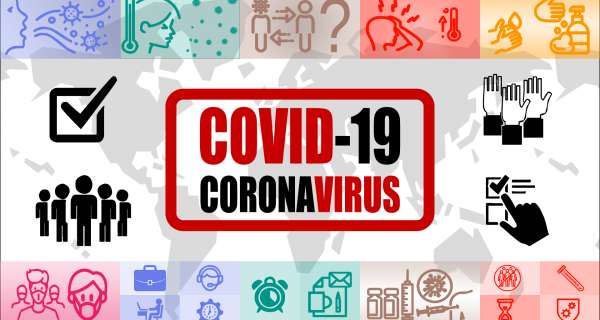Equal access to further education - SDG Indicator 4.3.1
Definition: Indicator 4.3.1 is the "participation rate of youth and adults in formal and non-formal education and training in the previous 12 months, by sex".
It is not clear how this is supposed to be tracked. Here we show the total enrollment in tertiary education, regardless of age, expressed as a percentage of the total population of the five-year age group following on from secondary school leaving. Data on non-formal further education and training is not available.
Goal: By 2030 "ensure equal access for all women and men to affordable and quality technical, vocational and tertiary education".
There is no defined target level of further education participation rates per year for this indicator.
Target 4.4: Increase the number of people with relevant skills for financial success
UN definition: "By 2030, substantially increase the number of youth and adults who have relevant skills, including technical and vocational skills, for employment, decent jobs and entrepreneurship."
Information and communications technology (ICT) skills - SDG Indicator 4.1.1
Definition: Indicator 4.4.1 is the "Proportion of youth and adults with information and communications technology (ICT) skills, by type of skill".
There are a number of relevant ICT skills which could be measured for this indicator. Measured here is the share of youth and adults (aged 15-24 years old) with skills in creating electronic presentations with presentation software.
Goal: By 2030 "substantially increase the number of youth and adults who have relevant skills, including technical and vocational skills, for employment, decent jobs and entrepreneurship".
Target 4.5: Eliminate all discrimination in education
UN definition: "By 2030, eliminate gender disparities in education and ensure equal access to all levels of education and vocational training for the vulnerable, including persons with disabilities, indigenous peoples and children in vulnerable situations."
Disparities in educational access - SDG Indicator 4.5.1
Definition: Indicator 4.5.1 is "Parity indices (female/male, rural/urban, bottom/top wealth quintile and others such as disability status, indigenous peoples and conflict-affected, as data become available) for all education indicators".
This is measured as gender parity in school enrolment, school life expectancy, and completion rate. Data on parity for other indices are not available.
Goal: By 2030 "eliminate gender disparities in education and ensure equal access to all levels of education and vocational training" for all.
Target 4.6: Universal literacy and numeracy
UN definition: "By 2030, ensure that all youth and a substantial proportion of adults, both men, and women, achieve literacy and numeracy."


























0 Comments